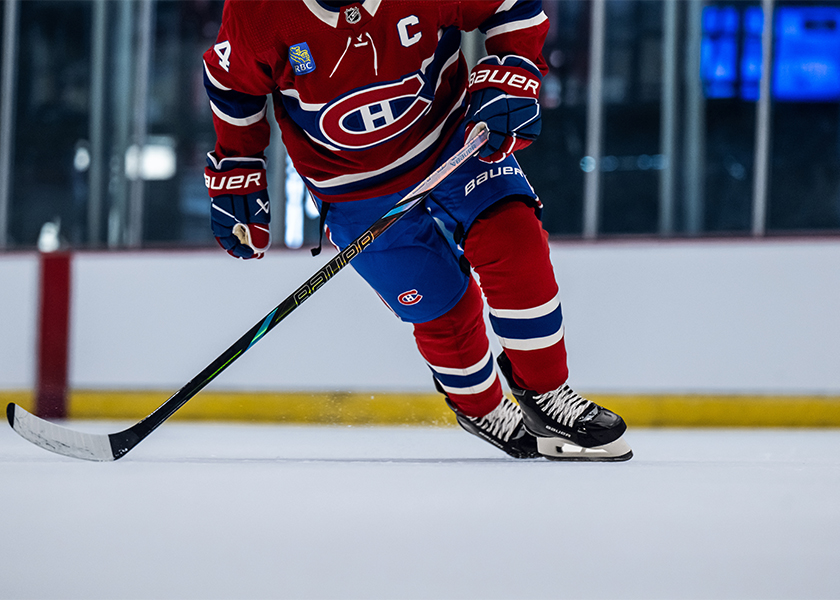Rise by Six: Your Daily Dose of Inspiration
Explore insights and stories that elevate your day.
Why Hockey Is Really Just a Game of Chess on Ice
Discover why hockey mirrors chess in strategy and skill. Uncover the surprising similarities in this unique perspective on the ice!
The Strategic Mind: How Hockey Mirrors the Game of Chess
The Strategic Mind is a concept that resonates in both hockey and chess, showcasing how each game requires a profound understanding of strategy, positioning, and foresight. In hockey, players must think ahead, anticipating not only their own movements but also those of their opponents. Just as a chess player carefully considers their next move, a hockey player assesses the game’s flow, positioning teammates advantageously while exploiting the opponent's weaknesses. The ability to read the ice can be likened to a chess board, where every play is a calculated decision that could alter the outcome of the game.
Moreover, the similarities extend to the importance of teamwork and the intricate tactics employed by both contests. In chess, each piece has a unique role, contributing to the overall strategy, much like the forwards, defensemen, and goalie who coordinate in a hockey game. Effective communication and collaboration are crucial in both scenarios, with players relying on one another to execute a successful game plan. Ultimately, understanding the parallels between hockey and chess can deepen one's appreciation for the mental agility required in both sports, showcasing that the best players are not just skilled physically, but also possess a sharp and strategic mind.

Positioning on the Ice: Understanding Hockey's Tactical Gameplay
Positioning on the Ice is critical to understanding hockey's tactical gameplay. Success in the sport often hinges on players' ability to read the game, anticipate opponents' movements, and occupy the correct spaces on the ice. Effective positioning allows teams to create scoring opportunities while minimizing defensive risks. Players must also be aware of their teammates' locations to maintain fluid puck movement and support plays. By mastering tactical positioning, players can enhance their performance and contribute significantly to their team's overall strategy.
The importance of positioning is evident in various situations during a game, such as during a power play or penalty kill. For instance, during a power play, the attacking team utilizes an umbrella formation to effectively spread out and create shooting lanes, while the defending team focuses on blocking passing options and protecting their net. Furthermore, defensive players need to practice proper gap control to ensure they do not leave too much space between themselves and the attackers. By understanding these tactical elements, players can make informed decisions and position themselves effectively throughout the game, thereby improving their team's chances of success.
Checkmate on Ice: What Can Hockey Teach Us About Strategy and Decision-Making?
In the fast-paced world of hockey, much like in chess, players must constantly evaluate their surroundings and anticipate their opponent's moves. The ice rink transforms into a strategic battlefield, where each pass, shot, and check can alter the course of the game. Coaches and players alike develop intricate tactical plans, emphasizing the importance of situational awareness and quick decision-making. By breaking down formations and analyzing player strengths, teams mirror the careful planning seen in a chess match, demonstrating that success often hinges on the ability to think several moves ahead.
Moreover, the concept of adaptability is crucial in both hockey and strategic thinking. When faced with unexpected challenges, such as a sudden change in the opponent's strategy or an injury to a key player, teams must pivot and adjust their game plan in real-time. This dynamic approach encourages players to remain flexible and embrace a mindset that values innovation and resilience. In this way, hockey not only entertains but also serves as a profound lesson in the art of strategy and decision-making, reminding us that the best outcomes often arise from a blend of foresight and the ability to respond effectively to change.